2016 proved to be a surprising and at times tumultuous year, with the UK’s ‘Brexit’ vote to leave the EU and the election of Donald Trump as the next President of the United States of America. As 2016 draws to a close, we take a look back at your property market year in numbers.
Volume of Properties Coming to the Market
2016 saw reports of a reduction of approximately 8.3% in the number of properties coming to the market for sale in East Central Scotland when compared to 2015 (based on figures from the period of September to November 2016 compared with the same period in 2015). To put this into some further perspective, volumes of property sales in August 2016 were down by approximately 46% when compared to the same period in 2007, prior to the global financial crash.
We reported throughout 2016 that there might be a number of factors at play here but that it appeared to be a self-fulfilling prophecy within a strong property market for sellers, where ever-decreasing sales times and continued high demand from buyers were leading to potential sellers believing that they would not be able to find a new home to move to if they sold their existing one. Supply to the market never quite seemed to match demand from buyers and this trend continued throughout 2016.
House Prices
2016 saw property prices in East Central Scotland rising steadily, with reports showing that property prices had risen by 4.3% in the period from September to November 2016 when compared with the same period in 2015.
We reported throughout the year that we believed this to be due to steady buyer demand combined with a reduction in the number of new properties coming to the market.
Sales Volumes and Selling Times
The effect of this reduction in the number of properties coming to the market has been that there has been, for a couple of years now, increased competition between property buyers for available stock. The average selling time in East Central Scotland between September and November in 2016 was reported to be down by 11 days, to 25 days, from the same period in 2015. Meanwhile, the volume of sales reduced roughly in line with the number of properties coming to the market for sale.
Buyer demand remains high towards the end of 2016 and, at MOV8, we have experienced the number of sales in November and December of 2016 far outstripping the number of properties coming to the market. In other words, although people commonly believe that winter is not a great time to sell their home, the reality is that demand continues at a level that far outstrips supply, arguably more so than in the so-called ‘peak’ times of the year like Spring.
Mortgage Availability, Affordability and Interest Rates
2016 saw a reduction in the Bank of England’s already historically low ‘Base Rate’, with the Base Rate reducing from 0.5% to 0.25%. For property owners on a variable rate product or on their lender’s Standard Variable Rate, this was good news as their monthly mortgage payments reduced. Reports in the Press from Halifax, the UK’s largest mortgage lender, indicated that mortgage repayments were increasingly affordable and our information was that mortgage availability remained excellent, with available interest rates and also lending criteria being very favourable in comparison with recent years.
2016 did see the end of one of the Government’s Help to Buy schemes, where the Government essentially guaranteed a proportion of the mortgage for the lender with a view to mortgage lenders making higher loan-to-value mortgages available to property buyers and, in particular, first time buyers. It is yet to be seen whether this will have a longer-term effect on the availability of mortgages for buyers with smaller deposits.
Brexit and Political Influences on the Property Market
The ‘Brexit’ vote in 2016 had an effect on the overall economy, share prices and exchange rates immediately after the vote but this then stabilised and most of these markets actually recovered afterwards. The election of Donald Trump as President of the United States of America certainly came as a shock to many people but, as yet, we haven’t seen any significant, negative effect on the property market in Scotland at least.
The Scottish Government published its draft Budget for 2017/18 towards the end of December 2016 and it contained no major surprises or announcements that would have a direct effect on the property market in Scotland. The most significant ‘development’ was the continuation of the Additional Dwelling Supplement (ADS) tax of 3% of the purchase price over-and-above the LBTT payable on a purchase for people who are purchasing a second property. This was something that we had hoped would either be scrapped or amended, but it remains in force for now in spite of our misgivings.
Conclusion
Overall, the property market has, in many ways, been quite stable in 2016. It has made no huge gains or losses and remains a very healthy market for property sellers. The contraction in the number of properties coming to the market doesn’t appear to have been because of any significant structural issues in the property market and seems more to be due to a reduced desire amongst property owners to sell and move home.
So, what does 2017 have in store for your local property market? Well, we are glad you asked! For our Blog article with our predictions for 2017, just click here!
As always, if you have any questions about the property market in Scotland, or if you are thinking about selling your property, please do get in touch with us by calling 0345 646 0208 (Option 1) or email [email protected] and one of our team will be happy to help.

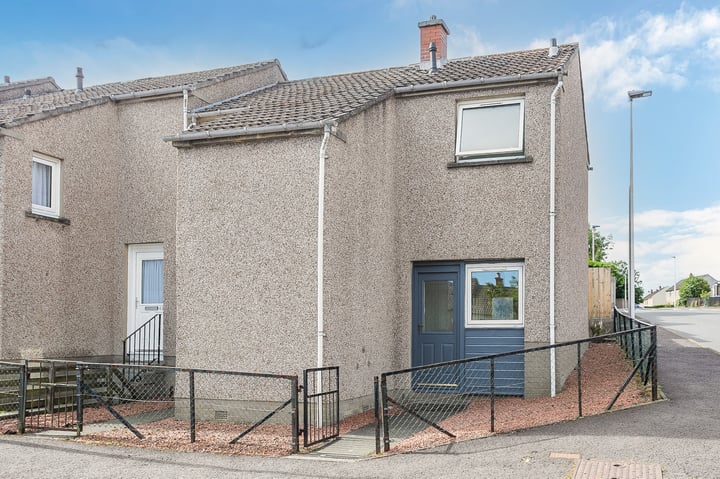
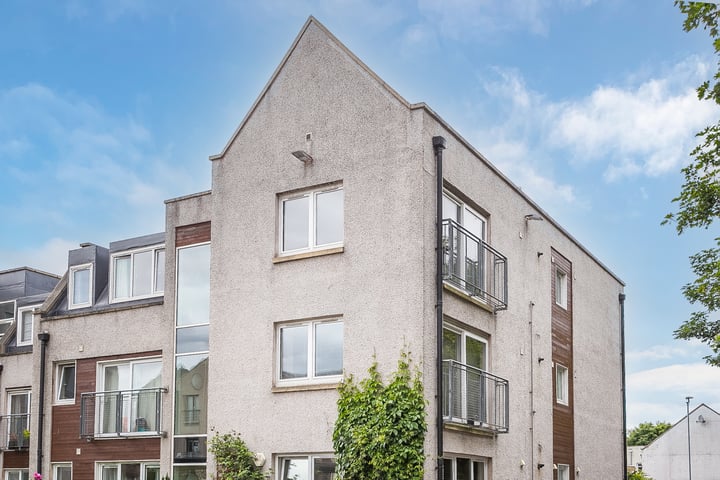
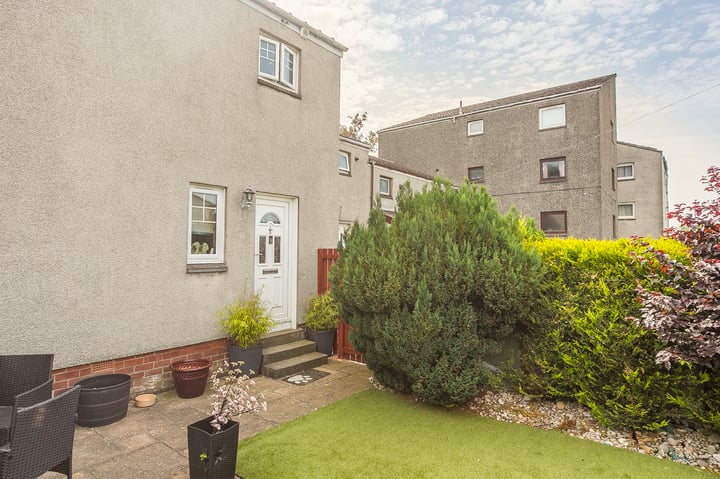
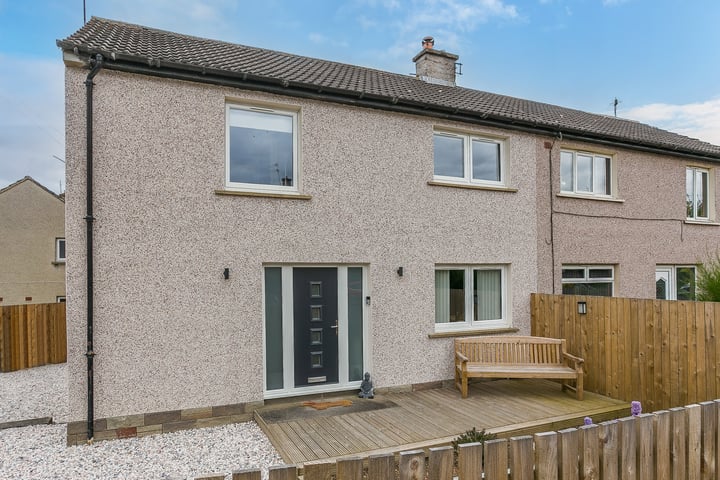
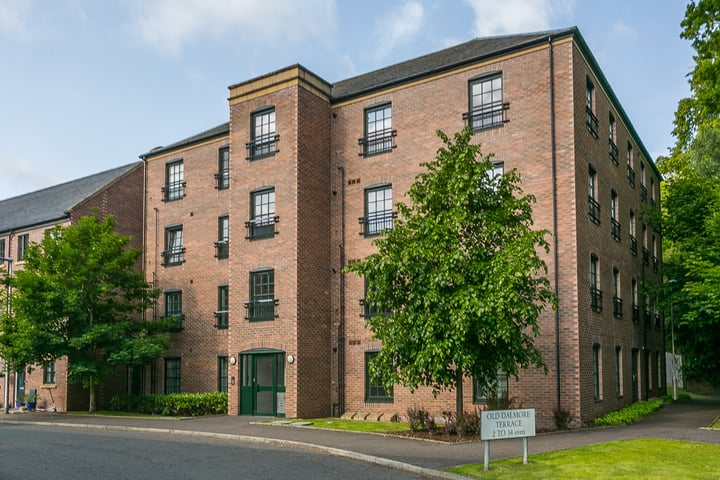
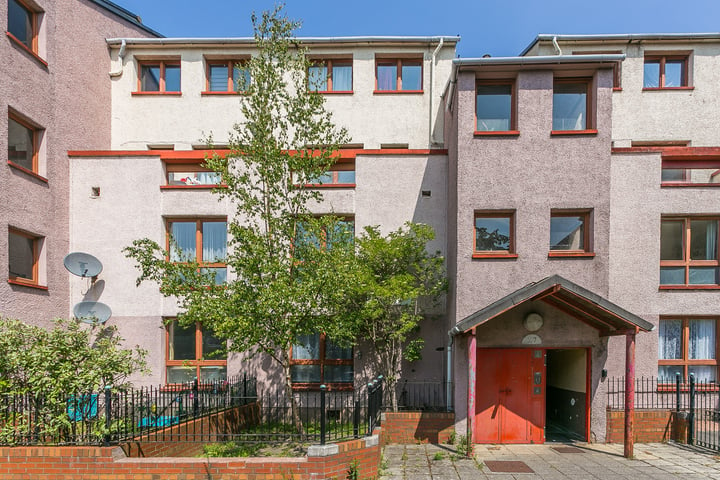
Leave a Reply